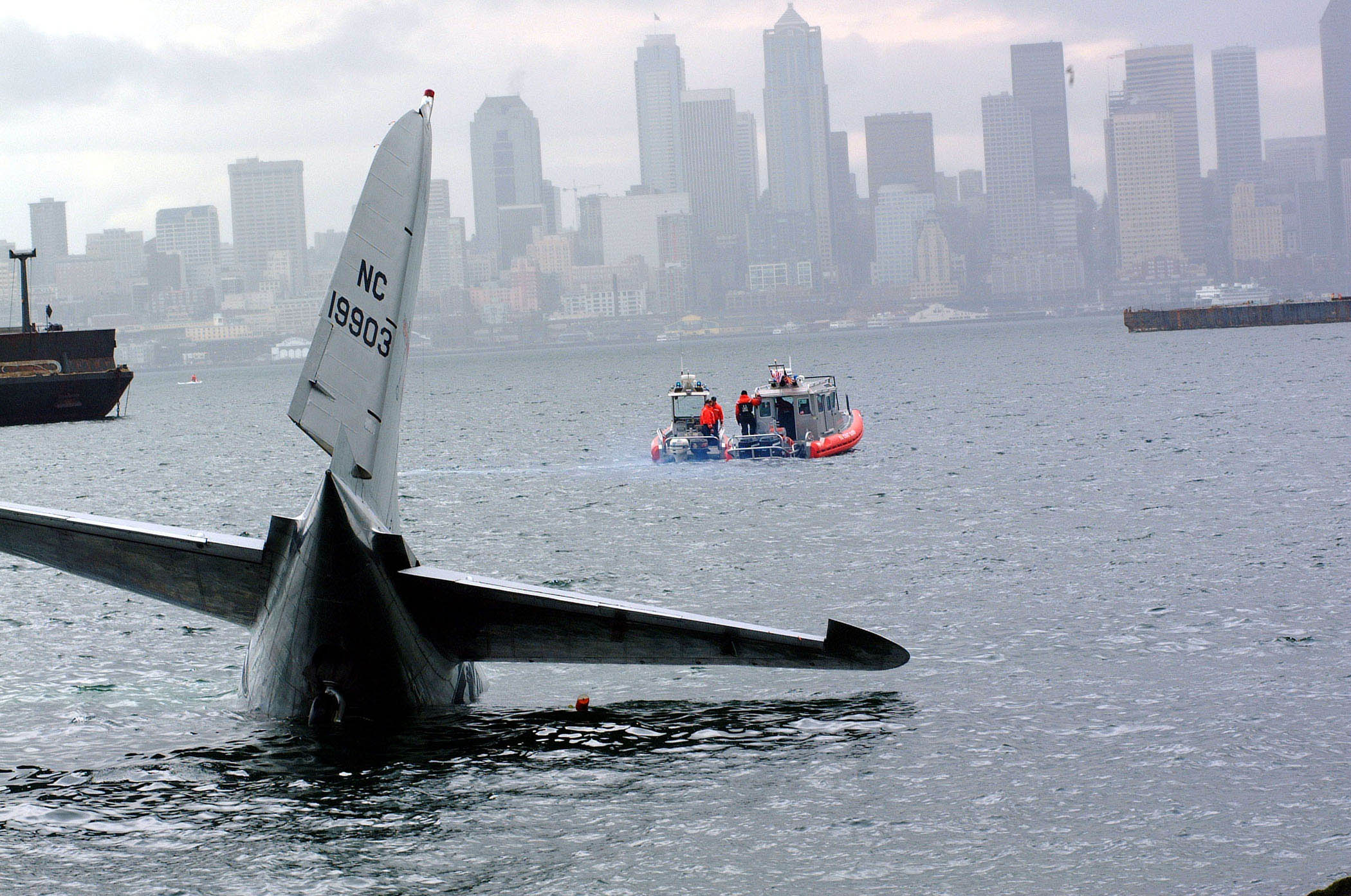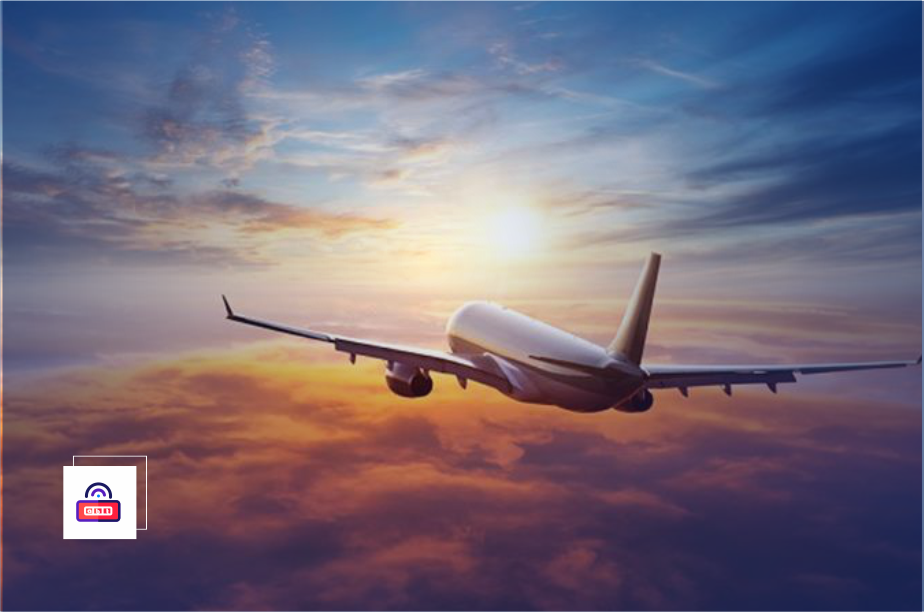Aviation insurance: getting the needed policies
In the dynamic and high-stakes world of aviation, risks are an inherent part of the journey. From commercial airlines to private aircraft, the aviation industry faces a myriad of challenges that demand comprehensive insurance coverage.
Aviation insurance plays a pivotal role in safeguarding against potential financial losses arising from accidents, liability claims, and unforeseen events. This article delves into the intricacies of aviation insurance, exploring the types of policies available and the critical considerations for securing adequate coverage.
Understanding Aviation Risks
Before delving into the specifics of aviation insurance, it’s essential to grasp the unique risks associated with the aviation industry. Aircraft, whether commercial or private, are exposed to a range of potential hazards, including accidents, damage, theft, and liability issues. The complexity of aviation operations amplifies the need for tailored insurance solutions that address these risks comprehensively.
Types of Aviation Insurance Policies
Aviation insurance is a distinct category of coverage intended to provide protection against the particular hazards that are inherent to the aviation sector. It safeguards the financial interests of aviation-related organizations and individuals, such as aircraft proprietors, operators, and other interested parties. Aviation insurance policies are designed to encompass a wide range of potential hazards, including property damage, liability for third-party injuries, and damage to the aircraft itself.
Hull Insurance
Hull insurance is akin to traditional auto insurance for aircraft. It covers physical damage to the aircraft itself, encompassing everything from minor dents to major structural damage. This policy is essential for safeguarding the substantial investment that aircraft represent, providing financial protection in the event of accidents, collisions, or even natural disasters.

Liability Insurance
Liability insurance is a cornerstone of aviation coverage, addressing legal obligations that may arise from third-party bodily injury or property damage claims. This type of policy is crucial for both commercial and private aircraft, as it shields the insured against the potentially exorbitant costs associated with legal proceedings and settlements.
Passenger Liability Insurance
Specifically designed for commercial airlines, passenger liability insurance covers bodily injury or death claims brought forth by passengers. Given the potential magnitude of such claims, this policy is mandatory for airlines, providing financial protection and ensuring compliance with regulatory requirements.
Aircraft Personal Accident Insurance
For private aircraft owners and operators, aircraft personal accident insurance offers coverage for bodily injury or death sustained by occupants of the insured aircraft. This policy provides financial support for medical expenses, disability benefits, and, in tragic cases, death benefits.
Considerations for Securing Adequate Coverage
In order to address emerging hazards, insurance products have evolved in tandem with the aviation industry. Coverage for unmanned aircraft systems (drones), cybersecurity, and pandemics are examples of more recent developments in aviation insurance.
Appropriate Coverage Limits
Determining the appropriate coverage limits is a critical aspect of securing adequate aviation insurance. The value of the aircraft, the number of passengers, and the nature of operations should all be considered when setting coverage limits to ensure that potential losses are adequately covered.
Deductibles
Insurance deductibles represent the amount the policyholder is responsible for before the insurance coverage kicks in. Balancing the premium costs with deductible amounts is crucial to finding the right financial equilibrium for the insured. Higher deductibles typically result in lower premiums but may increase out-of-pocket expenses in the event of a claim.
Operator’s Experience and Safety Measures
Insurers often consider the operator’s experience and the safety measures implemented by the insured when underwriting aviation policies. Demonstrating a commitment to safety through rigorous training programs, compliance with industry regulations, and investment in advanced safety technologies can positively impact premium rates and policy terms.
Emerging Trends in Aviation Insurance
Aviation insurance plays a critical role in safeguarding against the financial repercussions of unanticipated incidents within a highly critical industry. This product instills confidence in aviation professionals by providing comprehensive coverage that is specifically designed to address the unique risks that arise during aviation operations.

Cybersecurity Coverage
With the increasing reliance on digital technologies in aviation, the industry faces a growing threat from cyber-attacks. Insurers are now offering cybersecurity coverage to protect against potential data breaches, system hacks, and other cyber threats that could compromise aviation operations.
Unmanned Aircraft Systems (UAS) Insurance
The rise of unmanned aerial vehicles, commonly known as drones, has spurred the development of specialized insurance products. UAS insurance addresses the unique risks associated with drone operations, including damage to the drone itself, liability for third-party injuries or property damage, and even coverage for privacy-related claims.
Pandemic Coverage
The global COVID-19 pandemic has highlighted the need for insurance coverage that addresses business interruptions and financial losses arising from unforeseen events. Some insurers are now offering pandemic coverage tailored to the aviation industry, providing financial protection against disruptions caused by infectious diseases.
Conclusion
Aviation insurance is a vital component of risk management in the aviation industry. From protecting the physical integrity of aircraft to addressing liability issues and emerging risks like cybersecurity, the diverse range of policies available ensures that aviation stakeholders can tailor coverage to their specific needs.
As the industry continues to evolve, staying informed about emerging trends and regularly reassessing insurance portfolios will be crucial for navigating the complex skies of aviation risk. By understanding the nuances of aviation insurance and working closely with experienced insurers, aircraft owners and operators can soar with confidence, knowing that they have the necessary policies in place to weather any turbulence that may come their way.




